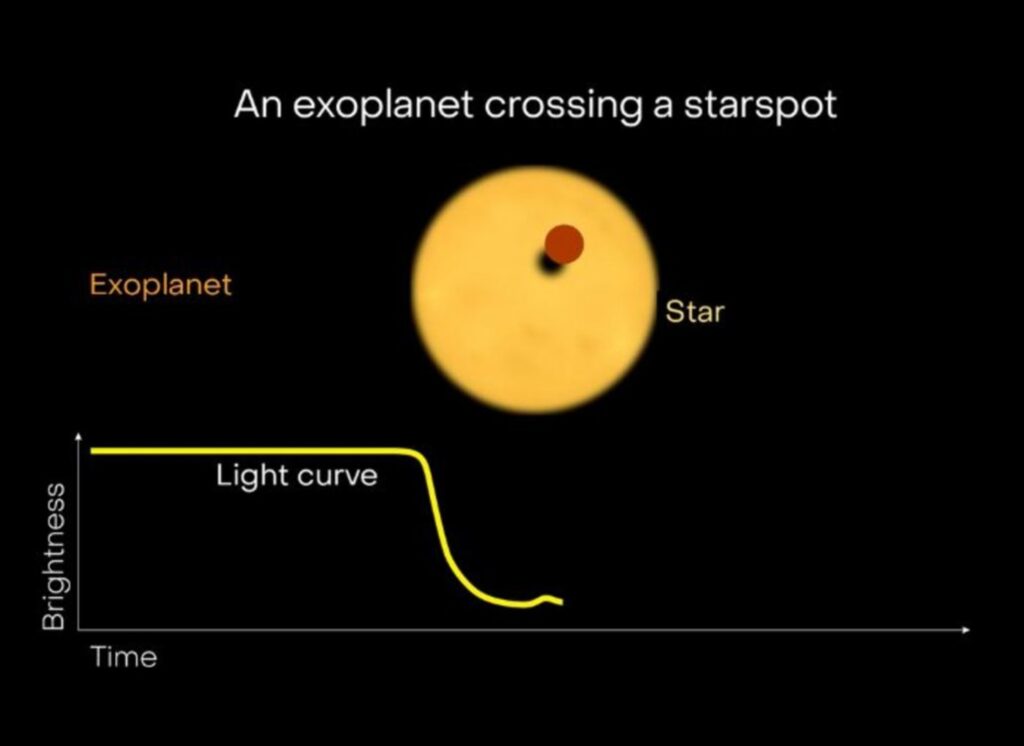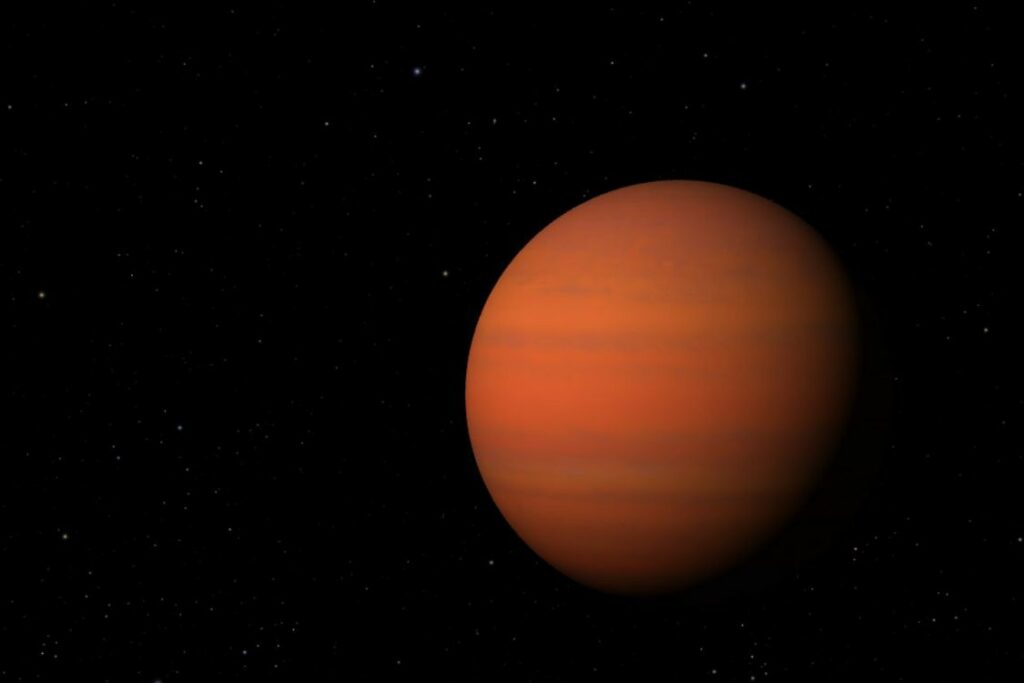Saturn is known for how frigid it can get since it’s so far from the sun, as it can drop down to minus-300 degrees Fahrenheit. However, astronomers from the University of Montreal have discovered an exoplanet dubbed “hot Saturn,” which can boil over 1,100 degrees Fahrenheit.
HAT-P-18 b, located over 500 light-years away, shares a similar mass with Saturn but is closer in size to the larger planet Jupiter, resulting in a “puffed-up” atmosphere that is ideal for analytical study. The exoplanet was observed during a transit — a moment when it passes in front of its star, blocking and affecting the star’s light. This method allows astronomers to infer the properties of the exoplanet’s atmosphere.
Observing exoplanets like HAT-P-18 b comes with challenges, particularly in differentiating the signals from the planet’s atmosphere from those emanating from the star’s own activity. Stars, including the Sun, have surfaces with varying features like dark spots and bright regions, which can mimic atmospheric attributes of orbiting planets. Researchers navigated this complexity by modeling both the planet’s atmosphere and the star’s characteristics.

“We found that accounting for stellar contamination implies the existence of spots and clouds instead of haze and recovers a water vapor abundance of almost an order of magnitude lower,” says study lead author Marylou Fournier-Tondreau, who did the work as a master’s student at the University of Montreal’s Trottier Institute for Research on Exoplanets (iREx) and is now pursuing a doctorate at the University of Oxford, in a media release. “So considering the system’s host star makes a big difference.”
The study revealed the presence of water vapor (H2O) and carbon dioxide (CO2) in HAT-P-18 b’s atmosphere, along with possible sodium traces and strong signs of a cloud deck. However, the initial detection of methane (CH4) and hazes by another team was not confirmed in this study. Instead, iREx astronomers propose that the effects attributed to hazes could be due to star spots on the star’s surface.
While the discovery of molecules like water and carbon dioxide might stir thoughts of habitability, the extremely high temperatures of nearly 1,100 degrees Fahrenheit on HAT-P-18 b make it an unlikely candidate for supporting life.
The research conducted using the James Webb Space Telescope and its Near-Infrared Imager and Slitless Spectrograph (NIRISS) instrument represents a major advancement in the field.
“It’s actually the first time that we clearly disentangle the signature of hazes versus starspots, thanks to Canada’s NIRISS instrument, which provides wider wavelength coverage extending into the visible light domain,” explains Fournier-Tondreau.
Future observations with JWST’s Near Infrared Spectrograph (NIRSpec) are expected to further refine these results and deepen our understanding of this fascinating “hot Saturn.”
The study is published in the journal Monthly Notices of the Royal Astronomical Society.













